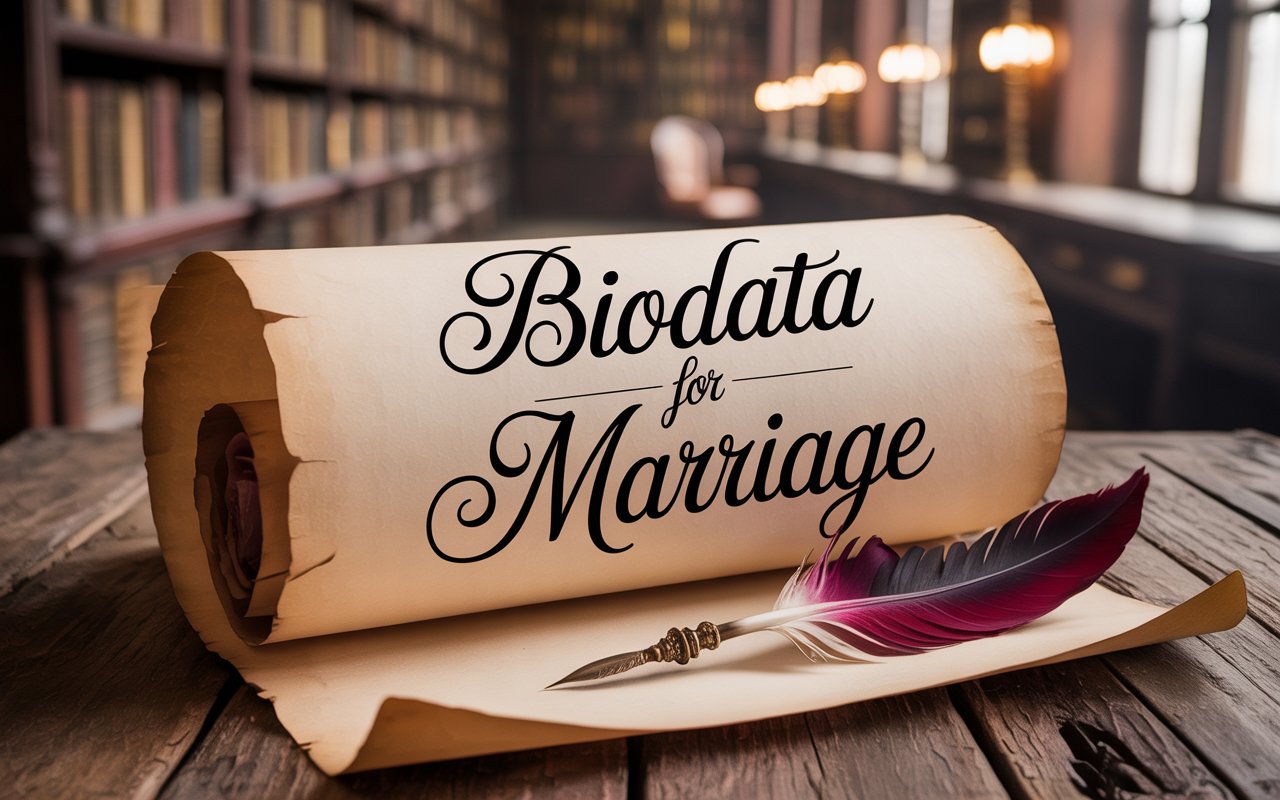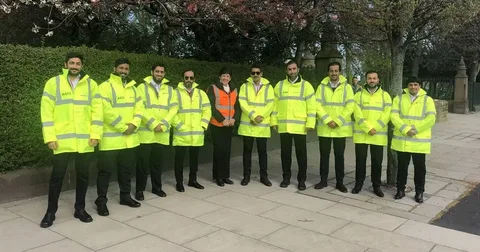In the age of digital connections and fast-paced rishta exchanges, a clean and simple biodata for marriage format remains a timeless and highly effective way to introduce yourself to potential life partners and their families. Whether it’s for a traditional arranged match or for a modern marriage platform, the importance of a well-structured biodata cannot be overstated.
A marriage biodata isn’t just a list of your personal details; it reflects your values, background, and clarity of thought. A simple, elegant format ensures that the information is easy to read, well-organized, and leaves a positive impression.
Let’s explore how you can craft a clean and simple biodata for marriage format that truly stands out.
Why Keep It Clean and Simple?
A clutter-free design immediately grabs attention. Families often scan dozens of profiles, and a complex or overloaded biodata can be off-putting. Simplicity ensures your details are easily readable and that nothing important is overlooked.
Key Benefits:
- Faster readability: Essential info at a glance
- Professional impression: Organized and serious about marriage
- Easy sharing: Both in print and marriage bio data online
What Should a Simple Marriage Biodata Include?
To create an effective and minimal biodata, you don’t need fancy designs or excessive writing. You just need to include what’s necessary—and present it neatly. Below is a clean layout broken into well-defined sections.
1. Basic Information
Start with your personal details at the top of the biodata. This is where most people begin scanning.
- Full Name
- Date of Birth / Age
- Gender
- Height & Weight (optional)
- Religion & Caste
- Mother Tongue
- Marital Status
- Nationality
Optional additions: Blood Group, Manglik status (if relevant in your community), and star/rashi info.
2. Contact Information
Ensure the biodata includes easy ways to reach you or your parents.
- Mobile Number
- Alternate Contact (parent/sibling)
- Email Address
- City & State
- Permanent Address
Tip: Avoid adding excessive personal details like Aadhar number or passport number in early stages.
3. Education & Career
This is one of the most important sections, especially for modern families.
- Highest Qualification
- Graduation Stream and Institution
- Post-Graduation (if applicable)
- Employment Status
- Job Title & Company
- Income (optional but often asked)
You may also mention career goals or any notable achievements.
4. Family Background
This is where families connect the most. Use a concise tone.
- Father’s Name & Occupation
- Mother’s Name & Occupation
- Siblings: Names, Occupations, Marital Status
- Family Type: Joint/Nuclear
- Cultural values (traditional, moderate, liberal)
This section adds emotional and social context to your profile.
5. Lifestyle & Personality
You can present a brief overview of your daily life and personality traits.
- Food Preference: Veg / Non-Veg / Eggetarian
- Smoking / Drinking Habits
- Hobbies & Interests
- Languages Known
- Key Personality Traits
Optional: Short 2-3 line introduction or life philosophy.
6. Partner Preferences
Though optional, this section helps set expectations from the beginning.
- Preferred Age Range
- Height Range
- Education & Profession
- Location Preference (India/Abroad)
- Family or Religious Expectations
- Additional Preferences (if any)
Keep this respectful and realistic.
Design & Layout Tips for a Clean Format
The structure of the biodata is as important as the content. Here’s how to maintain clarity:
✅ Use:
- Uniform fonts (like Arial or Calibri)
- Bold headings for each section
- Adequate white space
- Bullet points over large paragraphs
- A neat passport-size photo (optional but recommended)
❌ Avoid:
- Bright colors and fancy borders
- Emojis or slang
- Overly personal or controversial statements
Templates You Can Use
If you’re unsure where to start, try using editable templates that follow a shadi biodata format. Word documents and PDFs are ideal, as they are easily printable and shareable via email or WhatsApp.
You’ll find both minimal and modern shadi biodata styles online. Just make sure to choose formats that are easy to customize.
Going Digital with Marriage Biodata
Many people today choose to create their marriage biodata online using apps or websites. These platforms let you input your information into ready-made templates that you can download or share directly with families.
Pros:
- Time-saving
- Mobile-friendly formats
- Often free and editable
Make sure to review your biodata before sharing. Typos or inconsistencies leave a poor impression.
Cultural Sensitivity & Clean Communication
While writing your biodata, be sensitive to cultural norms without being too rigid. Avoid exaggerating or lying—honesty always wins trust.
Here are some writing guidelines:
- Use neutral, polite language
- Avoid direct references to dowry or financial expectations
- Keep it gender-respectful and positive
Mistakes to Avoid in Your Marriage Biodata
Creating a bio data for marriage simple format does not mean it should be bare or boring. It should reflect personality with dignity and brevity.
Common Mistakes:
- Adding too many personal photos
- Using unprofessional language
- Including irrelevant details
- Mixing fonts or poor alignment
- Forgetting to update your job or location
Final Thoughts
A simple biodata for marriage doesn’t need to be boring—it needs to be clear, thoughtful, and respectful. Whether you’re printing it to take to relatives or sharing it digitally through WhatsApp or matrimonial platforms, a clean design ensures your profile is viewed seriously.
In today’s fast-moving matrimonial landscape, first impressions are made in seconds. Having a streamlined, honest, and attractive marriage biodata format is not just a formality—it’s your entry ticket to finding the right partner and starting meaningful conversations.


